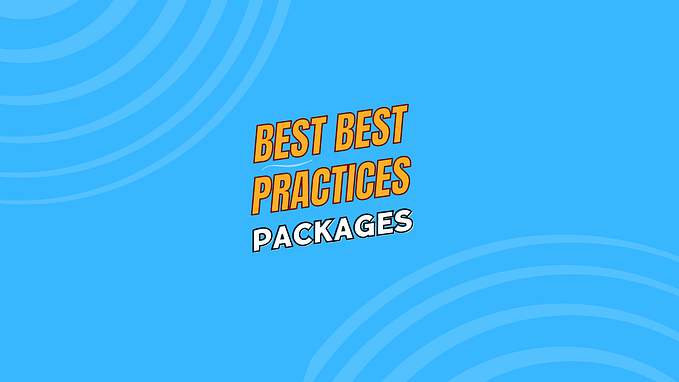Godot — Best Project Template For New Games

Video
- Introduction to the Godot Project Template
- Overview of the project structure
- Setting up and using the template for new projects
Introduction to the Godot Project Template
Hello and welcome to this series on the Godot game engine! My name is Samuel Asher Rello, a Unity game developer with over 20 years of game development experience. My mission is to educate and entertain with game content. I’ve created numerous titles, particularly in the Unity universe, over the last decade for PC, Xbox, PlayStation, and mobile platforms. In addition to developing and shipping commercial games, I’ve conducted various courses and on-demand classes, primarily focusing on Unity.
In this series, I’m delving into the Godot game engine to expand my expertise. As I get deeper into Godot, I plan to create additional materials. In Unity, I have courses on 2D game design, UI toolkit, 2D platformer games, high-end C topics like MVC architecture, design patterns, unit testing, physics, and more. As I explore Godot, I’ll provide resources, repos, and tips here on this Godot portfolio hub.
Overview of the Project Structure
One of the resources we’ll explore today is the Godot Project Template, freely available on GitHub. This template serves as a starting point for new projects, providing a good folder structure and best practices for scalable development. It includes coding templates, git ignores, and other setup essentials.
After downloading and importing the project into Godot, the project manager opens up, allowing you to import the project you’ve downloaded.
Template Project:
- Add-ons: This folder is for third-party add-ons, organized neatly for manual import.
- Art: Contains common Godot art types, such as animations and audio streams, making it easy to distinguish creative assets from programmatic assets.
- Documentation: Embeds images and banners in the GitHub readme, allowing for automatic updates when cloned and customized.
- Scenes: Includes a sample scene with a basic node structure, demonstrating a good way to organize scene objects.
- Scripts: Divided into editor, runtime, and tests, this folder maintains a consistent parallel structure for different scripting needs.
- Settings: Stores various resources specific to coding your game, such as custom assets and reusable resources native to the Godot editor.
Setting Up and Using the Template
To set up the project template, clone the repository from GitHub, import it into Godot, and open it up as a new project. The template is not game-specific, so it serves as a flexible starting point for any type of game. The folder structure is designed to grow with your project, keeping everything organized and scalable.
In the next videos, I’ll create separate demos using this template, exploring add-ons, reusable libraries, and community contributions. We’ll also discuss dependencies and how to manage them in Godot, ultimately building a game on top of this template.
Thank you for following along! Whether you watch this playlist in order or jump around, I hope you find this series helpful in getting started with the Godot game engine.
Resources
🦜 Contact
- Samuel Asher Rivello has over 20 years of game dev XP. He is available for remote, contract hire as a game developer and game dev educator.
- Godot Portfolio — Games, Demos, Tips & Tricks
- Contact Sam today to say hi and discuss your projects!
📜 Articles
- Godot — 1. Game Engine Overview — Master the fundamentals
- Godot — 2. Best Project Template — Start here
- Godot — 3. Free “Core” AddOn For Gaming — Best reusable functionality
- Godot — 4. Free “Mingleton” AddOn For Architecture — Scale your projects right
🛜 Downloads
- Godot Template Project — Start your next game with this!








